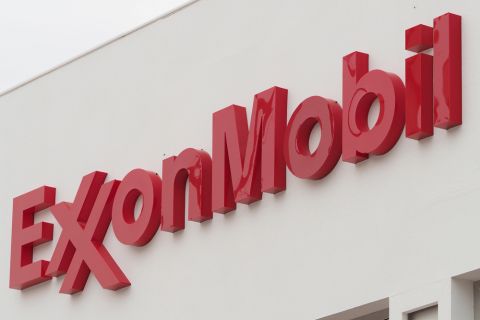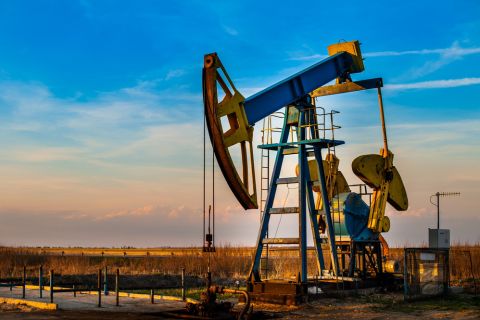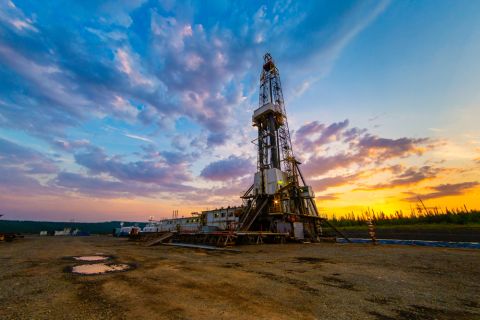Bridger Photonics' aerial Gas Mapping LiDAR technology has been approved for use as an advanced leak detection and repair monitoring technology by New Mexico's Energy, Minerals and Natural Resourced Department (EMNRD).
With EMNRD's approval, oil and gas operators in New Mexico can now use the advanced methane detection technology to help meet the state's new regulatory requirements regarding methane (natural gas) emissions, Bridger Photonics said in a press release on March 17.
In 2021, EMNRD released new rules aiming to curb methane emissions in New Mexico, which require oil and gas operators to reduce unnecessary emissions based on a staged approach, culminating in a gas capture rate of at least 98% by the end of 2026 (i.e. less than 2% of gas produced during extraction is allowed to escape into the atmosphere).
Included in the rules is a program that allows operators to use approved Advanced Leak and Repair Monitoring (ALARM) technologies to detect, isolate, and guide repair of leaks. Operators can use the emissions detected by such technologies to earn credits that offset a portion of an operator's total annual volume of lost gas.
Bridger's technology images the methane emissions using laser-based sensors mounted on aircraft. Bridger then provides maps pinpointing and quantifying the emissions to facilitate operators' repair activities. As a division-approved ALARM technology, oil and gas operators can earn a credit of 40% of the volume of natural gas discovered by Gas Mapping LiDAR, verified, and repaired within the rule's specifications.
"We're thrilled that our application was approved," Bridger CEO, Pete Roos said in a statement. "The benefit to operators is that Gas Mapping LiDAR is highly efficient and effective at catching emissions. Each of our scans catches more than 90% of emissions in a typical production basin, which means the offset credits will be substantial and makes it easier and faster for operators to achieve the capture rate targets. On top of that, our data products tell operators right where to go to address the issue, which streamlines their operations," Roos added.
Gas Mapping LiDAR is also positioned to meet the new Environmental Protection Agency proposed rule, so operators may soon be able to use the technology to accomplish both state and federal regulatory requirements at the same time. Operators receive an additional credit benefit from EMNRD if they use the technology no less than once per calendar quarter, which is also consistent with proposed EPA rules.
The operators must notify the EMNRD in advance of using an ALARM technology through a short application. Bridger provides a template of this application with the approved technology portion already filled out to make the process simple for operators.
Recommended Reading
Russia Orders Companies to Cut Oil Output to Meet OPEC+ Target
2024-03-25 - Russia plans to gradually ease the export cuts and focus on only reducing output.
BP Starts Oil Production at New Offshore Platform in Azerbaijan
2024-04-16 - Azeri Central East offshore platform is the seventh oil platform installed in the Azeri-Chirag-Gunashli field in the Caspian Sea.
Exxon’s Payara Hits 220,000 bbl/d Ceiling in Just Three Months
2024-02-05 - ExxonMobil Corp.’s third development offshore Guyana in the Stabroek Block — the Payara project— reached its nameplate production capacity of 220,000 bbl/d in January 2024, less than three months after commencing production and ahead of schedule.
What's Affecting Oil Prices This Week? (Feb. 5, 2024)
2024-02-05 - Stratas Advisors says the U.S.’ response (so far) to the recent attack on U.S. troops has been measured without direct confrontation of Iran, which reduces the possibility of oil flows being disrupted.
Tinker Associates CEO on Why US Won’t Lead on Oil, Gas
2024-02-13 - The U.S. will not lead crude oil and natural gas production as the shale curve flattens, Tinker Energy Associates CEO Scott Tinker told Hart Energy on the sidelines of NAPE in Houston.



